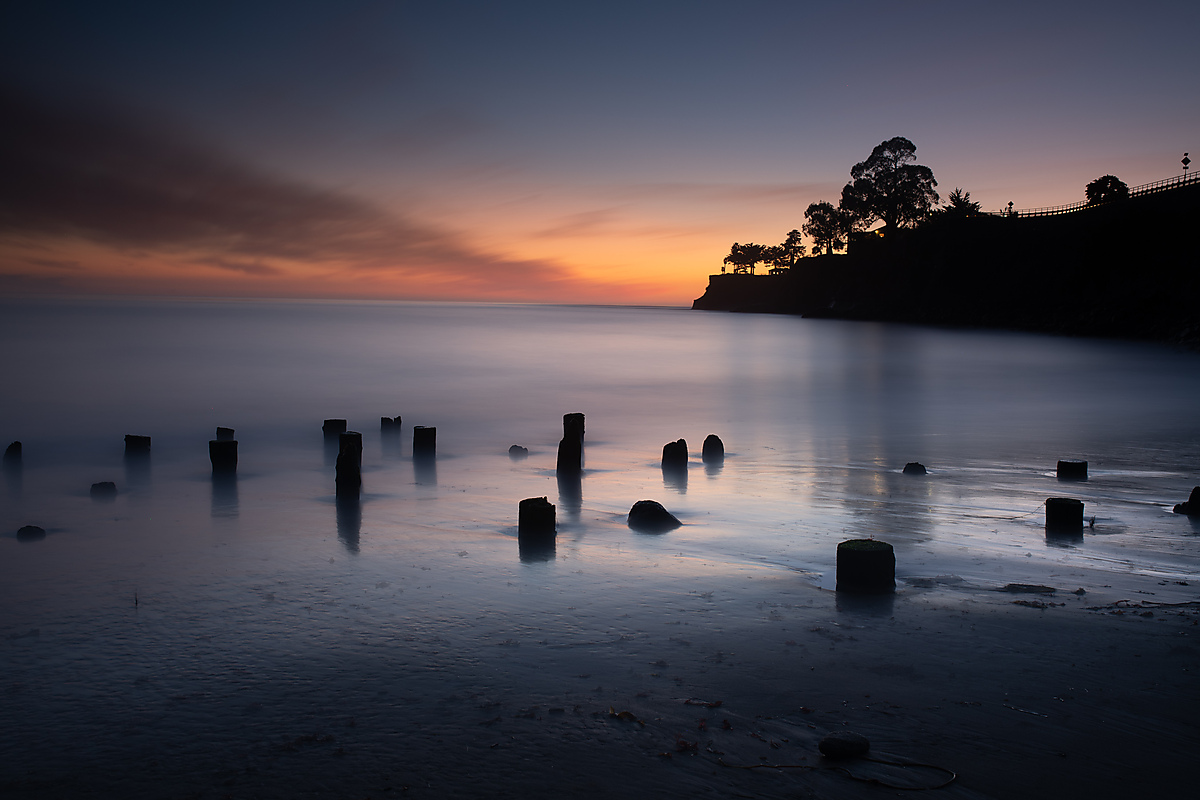
“Caught in the fading light of the longest night” — Howie Day, the Longest Night
This is the last light of 2019 which is also the last light of the decade of the 2010s. It’s very my last photograph that I created in 2019. As the light fades and day turns into night, sometimes the very last image works well.
Every year I think about how both Christmas and New Year’s are a slightly delayed marking of the winter solstice. More than any other event of the year, the shortest day and longest night connect my thoughts to many generations past. The earliest humans lived close to the equator so solstice probably wasn’t a big deal to our earliest ancestors since the length of the days near the equator doesn’t change very much. But once humans move to higher latitudes, the solstice must have very noticeable to our ancestors.
It will never cease to amaze me that Stone Age farmers built giant solstice aligned monuments such as New Grange. Every year I wonder what those monuments signified to them. But at a very visceral level, I understand why the solstice mattered to them. Modern humans know the days will get longer again because we have the science to understand the seasons. But ancient humans must have thought they were at the mercy of Gods for the days to get longer again.
Even with all the science, the glory of seemingly endless summer days is just 6 months away but feels infinitely far off to me. They will indeed return. But in the meantime, we have a couple of months of cold and long winter nights. At least, our modern technology provides light and heat and we are not huddled around a fire hoping the Gods see fit to bring longer days again.
